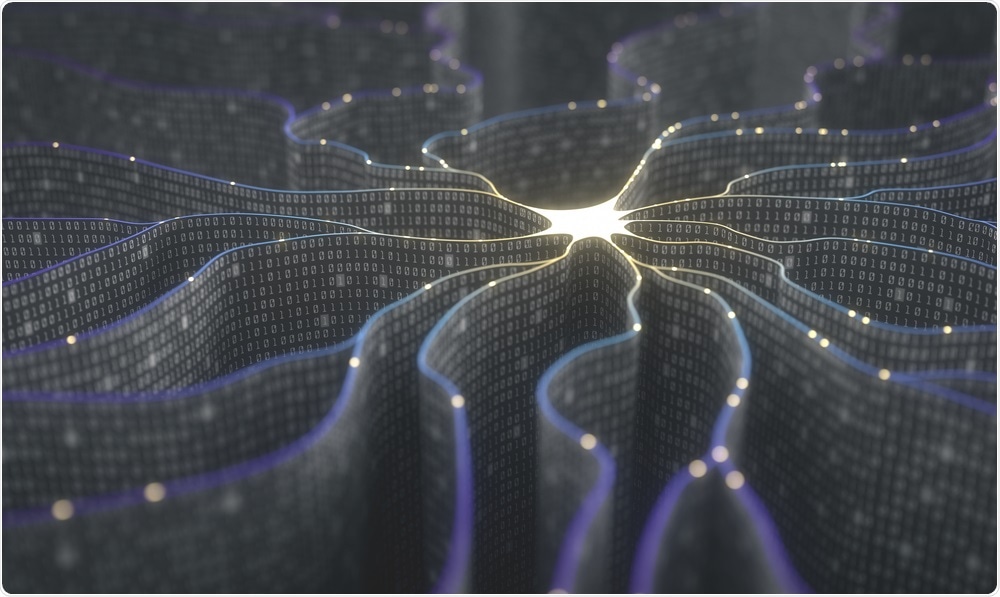A new technique for analyzing proteins has been developed by researchers at Martin Luther University Halle-Wittenberg (MLU) and the European Molecular Biology Laboratory in Hamburg. The team was successful in developing an artificial intelligence-based method for analyzing cryo-electron microscopy data.

Image Credit: ktsdesign/Shutterstock.com
In the future, this research will allow several protein complexes to be inspected directly in cells at the same time. The team published its findings in the scientific journal “Structure.”
Cryo-electron microscopy is a new technique for studying the structure of materials, cells, or proteins. In theory, it works this way: samples are immediately frozen and barraged with electrons. The microscope first generates two-dimensional images, which can then be assembled into a three-dimensional model.
In the sense of proteins, this enables the creation of incredibly detailed images of their structure at the single-atom level. Understanding the structure of proteins is critical.
Proteins are the workhorses of the cell; they control all of the important processes - from bone growth to metabolism. However, the role a protein plays and how it functions cannot be precisely understood until its structure is known.”
Panagiotis Kastritis, Assistant Professor, Centre for Innovation Competence HALOmem, Martin Luther University Halle-Wittenberg
Such an understanding can then be used to develop therapeutic approaches for diseases such as Alzheimer’s and cancer.
Cryo-electron microscopy, on the other hand, only offers three-dimensional structures and cannot classify the proteins.
The data must be perceived by the researchers, which can result in errors, as explained by Ioannis Skalidis, a doctoral student in Kastritis’ research group.
The 3D structure of some proteins is nearly identical even though they have completely different functions in the body. When researchers use their experience to decide how to interpret the data and identify the proteins, this can greatly impact the results of their experiments.”
Ioannis Skalidis, Doctoral Student, Martin Luther University Halle-Wittenberg
As a result, the team devised a new technique for automatically interpreting raw data from an electron microscope. The researchers used many open-source programs, most of which they devised themselves, as well as DeepMind’s AlphaFold, to accomplish the same.
In July 2021, its creators announced that they had successfully predicted the structure of the majority of human proteins. Till then, this was thought to be one of molecular biology’s most difficult mysteries.
In the new study, researchers from Halle and Hamburg looked at protein complexes as they take place in cells instead of isolated proteins.
Proteins generally do not function on their own, but in larger groups. The structure of their binding sites changes depending on what the proteins are working alongside. That is why it is so important to study them under conditions that are as realistic as possible.”
Panagiotis Kastritis, Assistant Professor, Centre for Innovation Competence HALOmem, Martin Luther University Halle-Wittenberg
Other research organizations will be able to easily examine the structures of similar protein complexes in the future, thanks to the team’s novel combination of methodologies.
Source:
Journal reference:
Skalidis, I., et al. (2022) Cryo-EM and artificial intelligence visualize endogenous protein community members. Structure. doi.org/10.1016/j.str.2022.01.001.